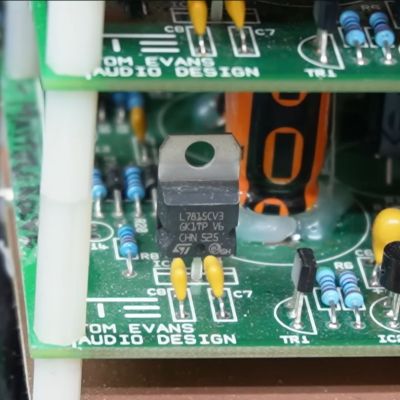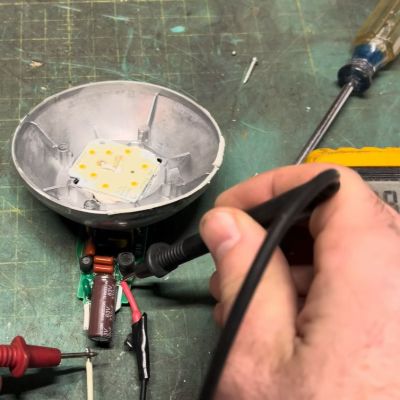Collecting retrocomputers is fun, especially when you find fully-functional examples that you can plug in, switch on, and start playing with. Meanwhile, others prefer to find the damaged examples and nurse them back to health. [polymatt] can count himself in that category, as evidenced by his heroic rescue of an 1993 IBM ThinkPad Tablet.
The tablet came to [polymatt] in truly awful condition. Having been dropped at least once, the LCD screen was cracked, the case battered, and all the plastics were very much the worse for wear. Many of us would consider it too far gone, especially considering that replacement parts for such an item are virtually unobtainable. And yet, [polymatt] took on the challenge nonetheless.
Despite its condition, there were some signs of life in the machine. The pen-based touch display seemed to respond to the pen itself, and the backlight sort of worked, too. Still, with the LCD so badly damaged, it had to be replaced. Boggling the mind, [polymatt] was actually able to find a 9.4″ dual-scan monochrome LCD that was close enough to sort-of fit, size-wise. To make it work, though, it needed a completely custom mount to fit with the original case and electromagnetic digitizes sheet. From there, there was plenty more to do—recapping, recabling, fixing the batteries, and repairing the enclosure including a fresh set of nice decals.
The fact is, 1993 IBM ThinkPad Tablets just don’t come along every day. These rare specimens are absolutely worth this sort of heroic restoration effort if you do happen to score one on the retro market. Video after the break.
Continue reading “Ruined 1993 ThinkPad Tablet Brought Back From The Brink”



















